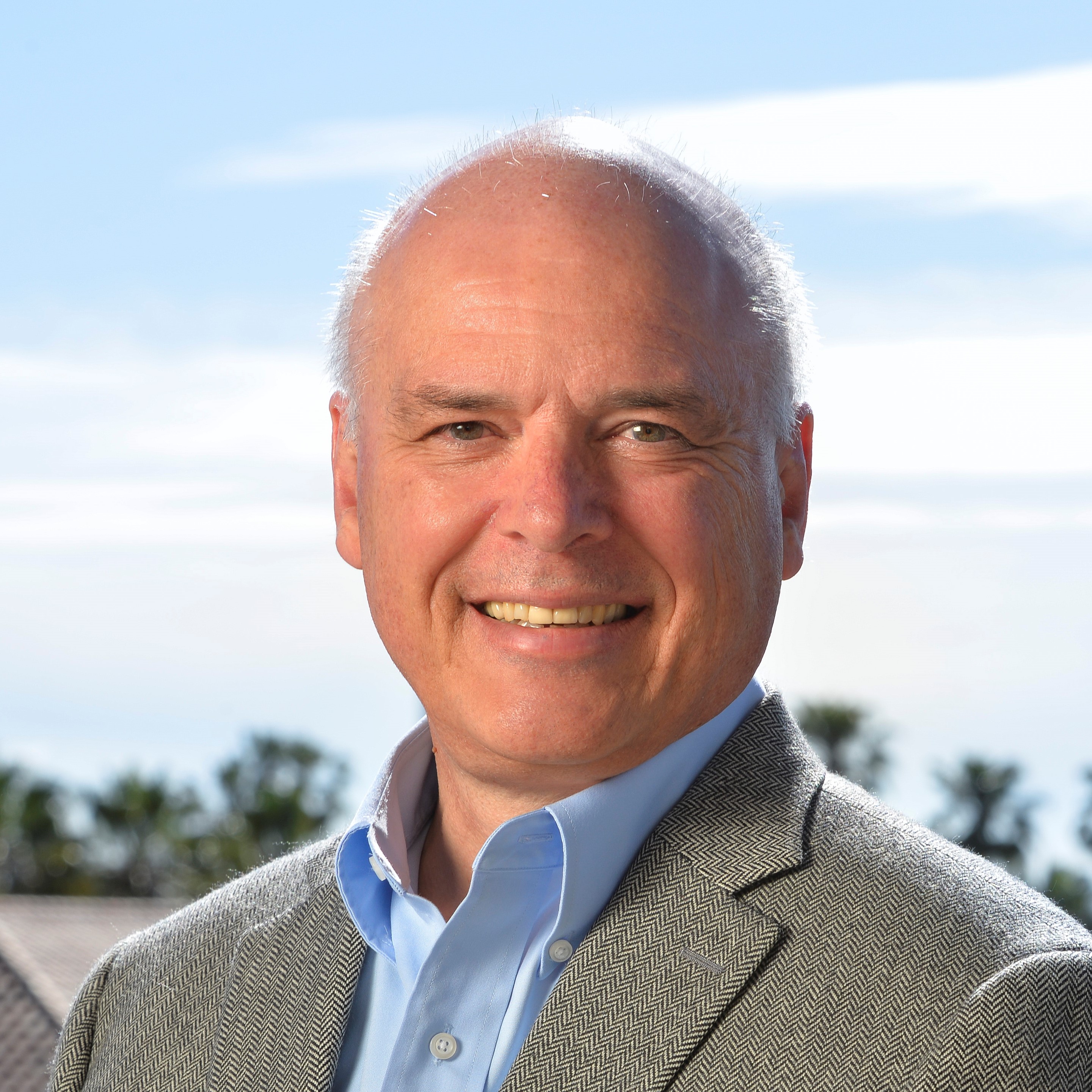 |
Publication # 113 |
|
| A. L. Lentine, D. A. B. Miller, J. E. Henry,
J. E. Cunningham, and L. M. F. Chirovsky, "Multistate Self-Electrooptic Effect
Devices," IEEE J. of Quantum Electronics, 25, 1921-1927, (1989). Multistate self-electrooptic-effect devices (M-SEEDs) containing several quantum-well diodes in series are discussed. It is shown that a device with N diodes in series with a voltage source and illuminated by N diodes in series with a voltage source and illuminated by N light beams has N stable states corresponding to any one (and only one) of the diodes being highly transmissive. This voltage-biased M-SEED can perform contention resolution in the sense required by analog systems, because the diode illuminated by the weakest beam becomes the highly transmitting one on powering up the system. A current-biased M-SEED with N diodes in series with a current supply can have 2/sup N/ stable states, corresponding to any combination of diodes in their transmitting or absorbing states. This same device can also function as a binary image thresholder. The M-SEEDs are multistable in multiple beams, in contrast to previous multistable optical devices that have multiple states for one beam. Electrically and optically enabled symmetric SEEDs (S-SEEDs) that comprise a pair of quantum-well p-i-n diodes in series with a transistor or a third diode are also discussed. This device is the equivalent of an electrical tristate device that is used in some bus architectures |
|